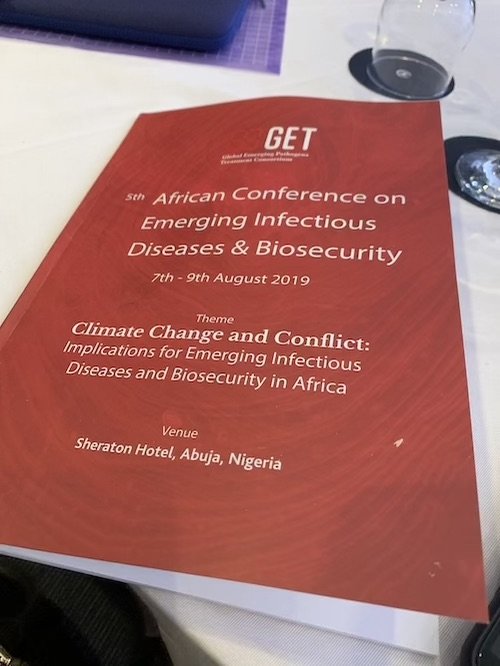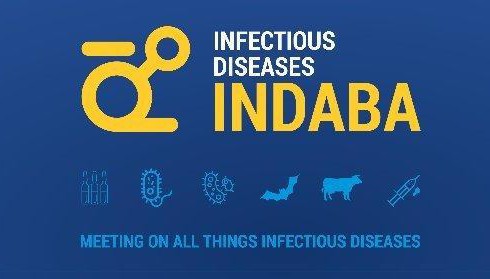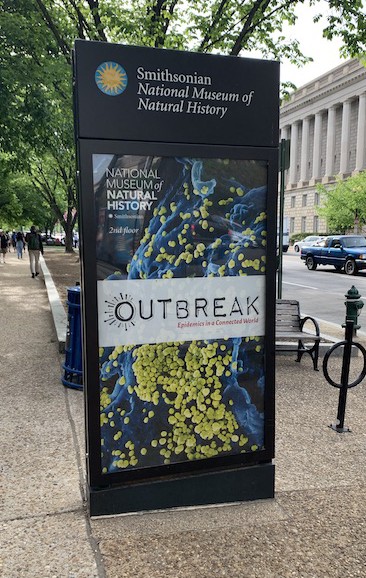Focus on Preventing Infections During Healthcare Delivery

ll across the world, there’s an increasing frequency of patients visiting the hospital for care but getting infected in the process. What is the role of healthworkers practicing infection prevention and control (IPC) in the reduction of such infections?The Nigerian Society for Infection Control (NSIC) hosted their 5th Annual Conference in Lagos from 15th – 16th August to answer that question. NSIC kicked off the conference with a pre-workshop on the 14th of August that showcased the appropriate tools and methods for disinfecting and sterilizing reusable hospital equipment to reduce the transmission of infections between patients and health workers. During the conference, health professionals from all over the country converged to discuss and debate the issue of preventing infections during healthcare through the implementation of infection prevention and control (IPC) programs which are designed to provide practical solutions to prevent harm during the delivery of healthcare to patients. Our conclusion was that sadly most health facilities in Nigeria do not have functional IPC programs. Together, we determined that the main factors contributing to this and driving the country’s poor healthcare delivery and poor patient safety are: As a group, we put forward the following recommendations for the government and facilities across the country: Patients have a right to be treated in a safe and clean environment with consistent standards and quality care. The basic principle of IPC is to establish ongoing processes that provide a safe environment for both health workers and patients. As Professor Akin Osibogun the keynote speaker said, “Whenever you are confronted with a complex situation, always go back to the basics.” And the basics for healthcare workers should always be IPC! Therefore all hands must be on deck to see to the integration of IPC in all health facilities across the country.




